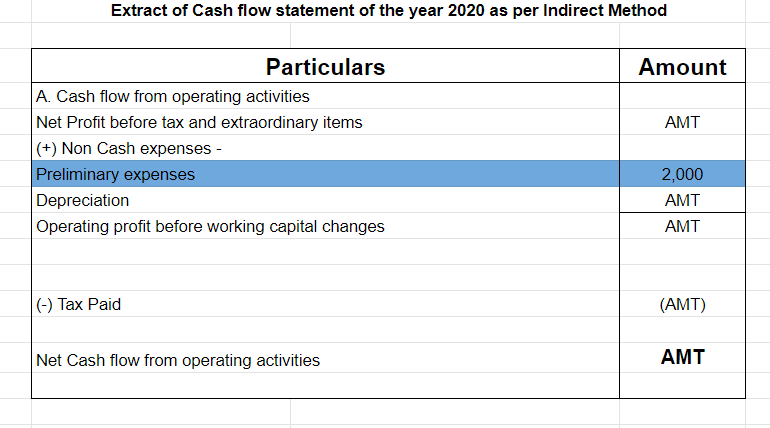The balances as per cash column of cash book and passbook The balance as per bank column of cash book and passbook The balance as per Bank column of cash book and ...
The correct answer is 2. Credit balance in the bank column of the cash book. The credit balance in the bank column of Cash Book represents the overdraft facility utilized by the business. Overdraft is a credit extension facility offered by banks to both savings and current account holders. It allowsRead more
The correct answer is 2. Credit balance in the bank column of the cash book.
The credit balance in the bank column of Cash Book represents the overdraft facility utilized by the business. Overdraft is a credit extension facility offered by banks to both savings and current account holders. It allows the account holder to borrow a specified sum of money over and above the balance in their accounts.
It is a form of short-term borrowing offered by banks and is extremely useful for businesses to resolve short-term cash flow issues.
The account holder can withdraw money even when his/her account does not have enough balance to cover the withdrawal. Since the business is withdrawing money that is not in its account, an overdraft is represented by a negative bank balance. That is why they are shown as a credit balance in the bank column of the Cash Book.
Overdraft is a liability for the business. Hence, it is shown on the Equity and Liability part of the Balance Sheet under the head Current Liabilities and sub-head Short Term Borrowings.
Banks do not offer this facility to all customers. Only those who have a good reputation and credit score are eligible for this facility. Like any other borrowing, interest is charged on the amount utilized by the account holder as an overdraft.
See less






A Bank Reconciliation Statement is prepared to know the causes for the difference between 2. the balance as per bank column of cash book and passbook. This is because transactions in Cash Book are recorded from the point of view of the business and the Bank Statement/Pass Book is prepared from the pRead more
A Bank Reconciliation Statement is prepared to know the causes for the difference between 2. the balance as per bank column of cash book and passbook.
This is because transactions in Cash Book are recorded from the point of view of the business and the Bank Statement/Pass Book is prepared from the point of view of the banker. Since both are prepared from a different point of view, differences are bound to occur.
Bank Reconciliation is the process by which on a particular date the bank balance as per Cash Book is reconciled with the balance as per Pass Book/Bank Statement.
Whenever bank reconciliation is done, we need to identify the reasons or transactions causing the differences between both balances. Then a statement highlighting the reasons or causes of differences is prepared. This statement is known as Bank Reconciliation Statement.
A Bank Reconciliation Statement is prepared by starting with either the (a) bank balance as per Cash Book or the (b) balance as per Pass Book/Bank Statement. Only those entries which are recorded in the Cash Book but not in the Pass Book/Bank Statement or vice versa are considered while preparing the Bank Reconciliation Statement.
The reasons for the differences between the two balances can be broadly classified into three categories:
For example, the debit bank balance as per the Cash Book of Mr. A on 31st March is 20,000. On the same date, his Bank Statement showed a credit balance of 30,000. When the Bank Reconciliation Statement is prepared on 31st March, he will find out the transactions causing the 10,000 (30,000 – 20,000) difference between both the balances. Once the transactions are identified he will reconcile the balance as per the Cash Book with the balance as per his Bank Statement.
See less